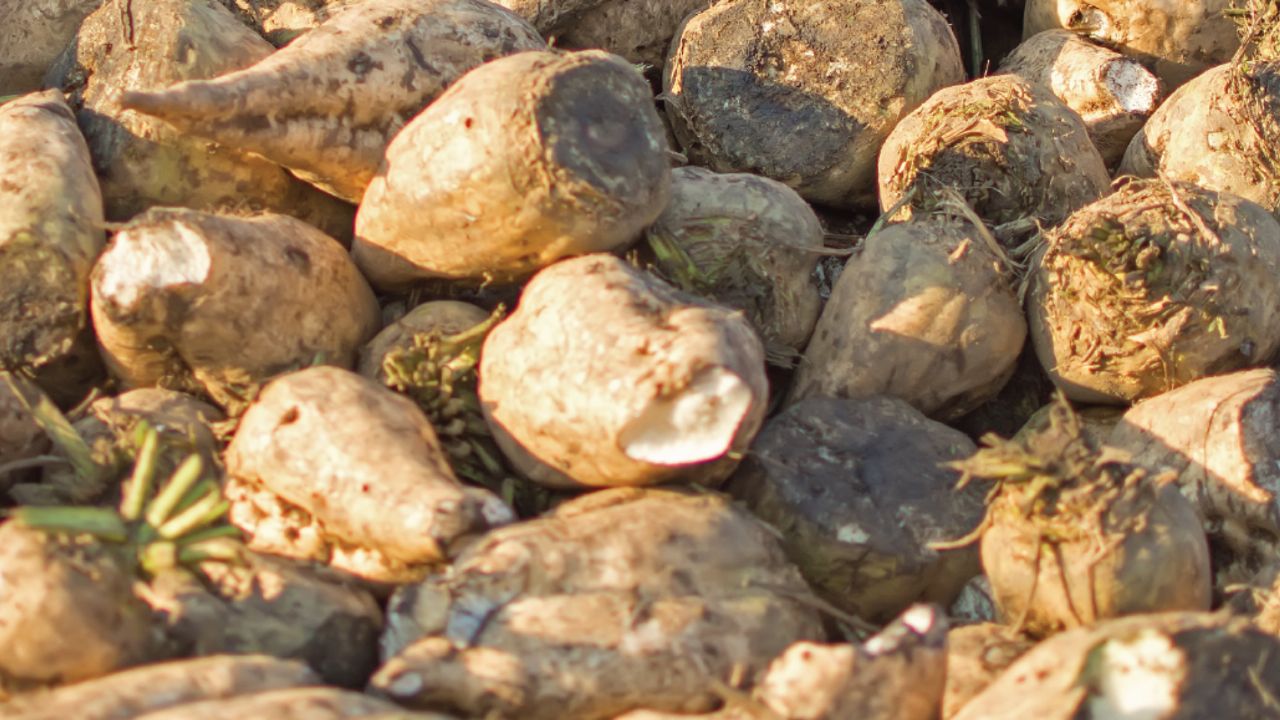10 years of Simple System HayCare!
During its 10 years so far, it has become apparent that HayCare is so much more than a hay replacer...

Super Fibres in Horse Feed - what are they and why should we feed them?
Plants use the energy of the sun to convert carbon dioxide and water to simple sugars. These sugars are then the building blocks for the plant to make whatever it needs. By combining many sugar units, they can make fibre, which is tough material that supports the plant, much as our skeleton supports us. The bigger the plant, the stronger its fibre needs to be, and the more sugar units are recruited. Animals eating plants cannot digest fibre with digestive enzymes but instead rely on a massive range of microbes to break the fibre down into usable energy for the host, along with gas and heat. The tougher the fibre, the harder it is to break down, and if it is very tough, it isn’t broken down, or fermented, at all. Easily fermented fibre is a valuable source of nutrition and is sometimes referred to as “super” fibre.
So, where do we find this excellent super fibre?
Super fibre is in younger plant material, such as green forages. This will normally be available as a pelleted feed, because the fibre lacks strength and falls apart if dried in the same way as, say, hay. It will have a lot of small particles, termed fines, which may become airborne. The younger the plant, the greater the amount of fermentable fibre and the higher its feed value. Grass, harvested at a young stage of growth, dried and pelleted, yields a very energy rich feed for horses with high requirements but without the risks involved with a high starch diet. Additionally, this early growth is a good source of quality protein. Other useful sources are lucerne / alfalfa (Lucie Nuts), sainfoin (Sainfoin Pellets) and beet pulp / sugar beet (PuraBeet). Spring grazing, or the equivalent Red Bag Grass Pellets, is an excellent source.
Fibre that is easily fermented by the gut microbes is a valuable source of slow-release energy, so will help maintain stamina in performance horses whilst avoiding behavioural issues. Many sources are forage, so have the added advantages of being safe to feed close to work and low levels of starch. These are also natural for the horse to eat, minimally processed, cereal and soya free and GM free, making them the best feed for horses – and other obligate herbivores.
Never underestimate the value of high-quality forage, loaded with so-called “super” fibres – it is what horses would eat naturally and is the best feed for them.
If you'd like to discuss adding super fibres to your horse's diet, contact the Simple System Feed Line on 01728 604 008 or complete the feeding advice request form here.
During its 10 years so far, it has become apparent that HayCare is so much more than a hay replacer...
Grass has the potential to grow all year, which is different from many other plants. Certain things are necessary for this growth, but if they are not met, the grass will be dormant, waiting for conditions to improve.Â
Rain fall can trigger growth akin to a spring flush, especially if temperatures are high. Even whilst true spring may be in the past, the risk for those prone to laminitis will rise.